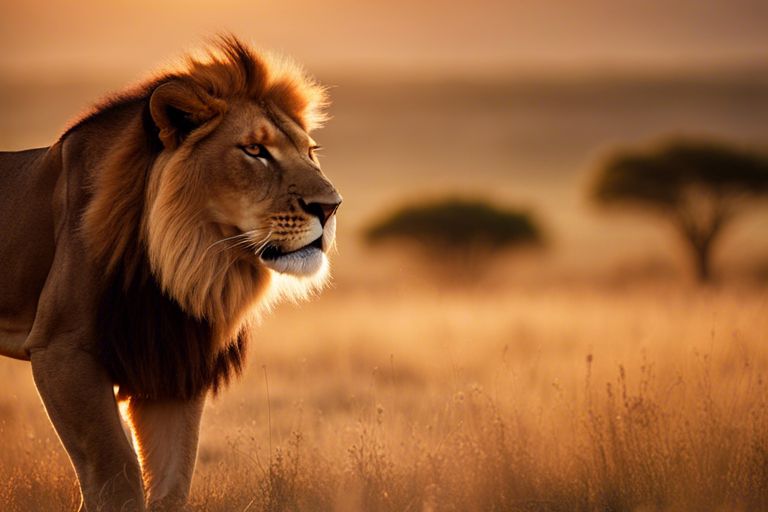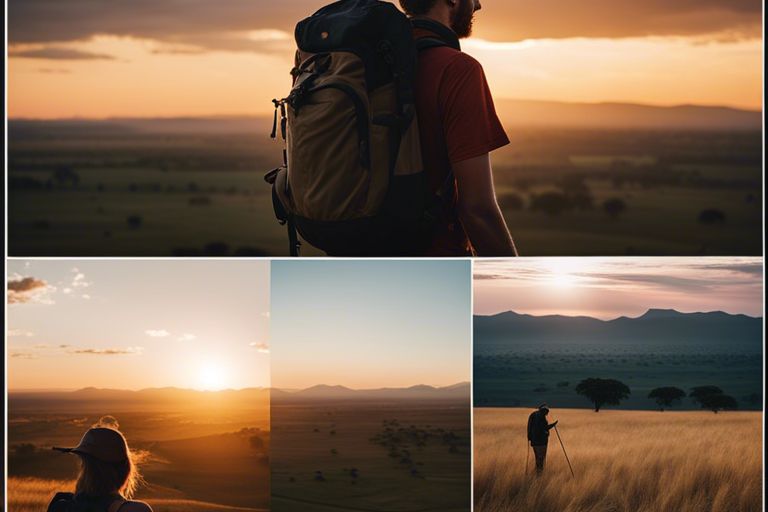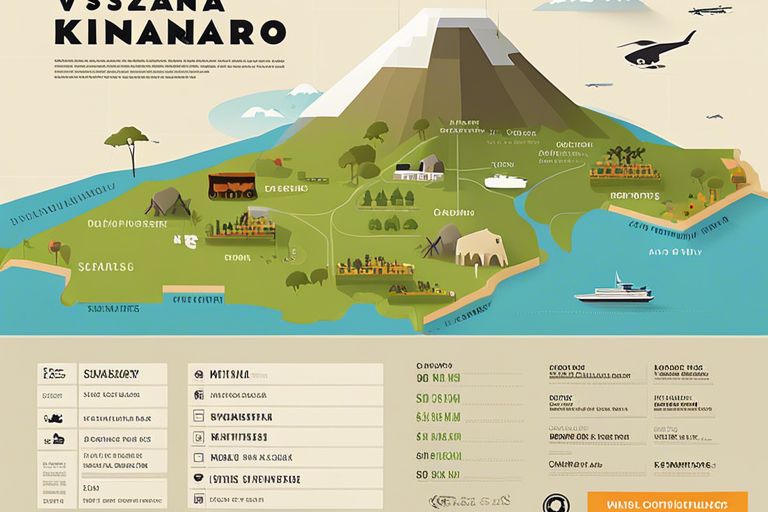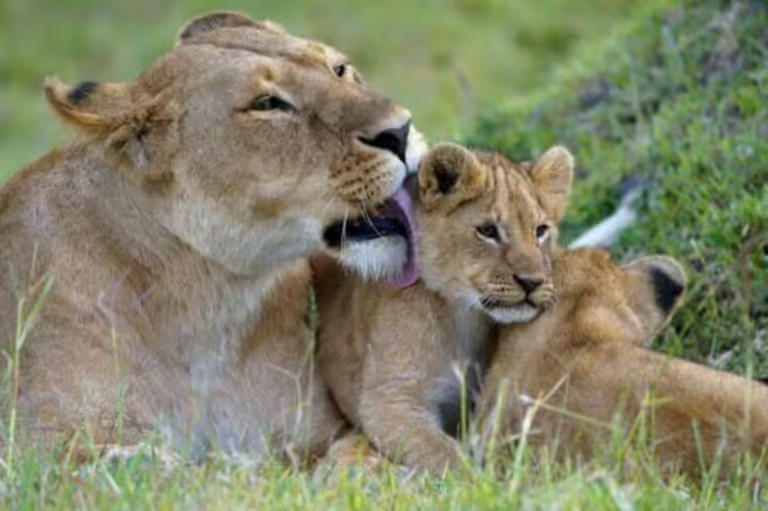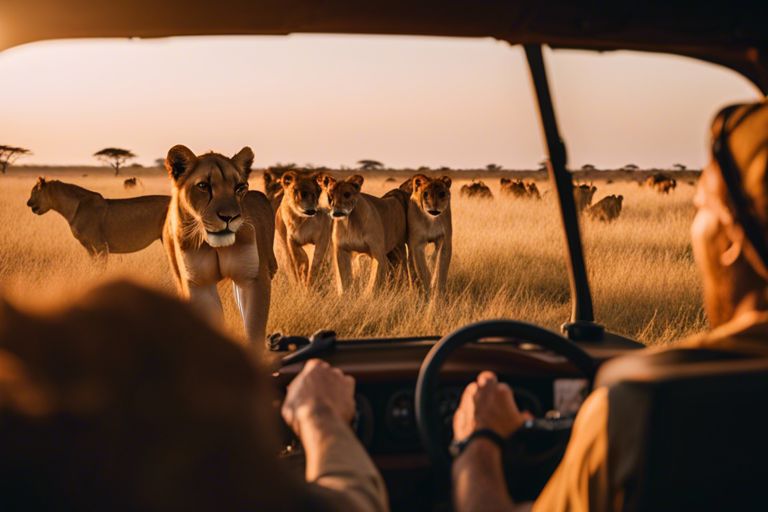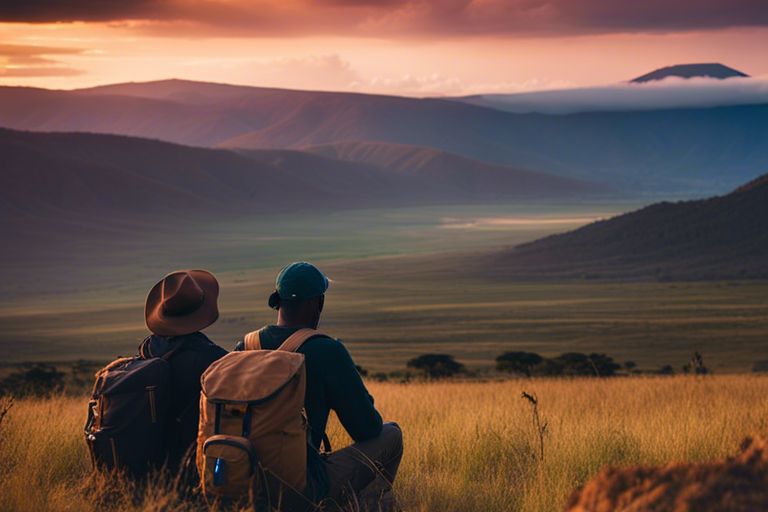Wildlife Photography in Tanzania – Tips and Tricks for Capturing the Perfect Shot
Many aspiring photographers dream of capturing the beauty and majesty of Tanzania’s wildlife through their lens. In this informative guide, you will discover vital tips and tricks that will help you seize the perfect shot in the heart of the African savannah. From mastering the art of composition to understanding animal behavior, your journey to becoming a skilled wildlife photographer begins now. So pack your camera, brace yourself for adventure, and let’s commence on this thrilling photographic safari together.
Preparing for the Adventure
Choosing the Right Camera Gear
To capture stunning wildlife shots in Tanzania, you need to choose the right camera gear. You’ll want a camera with a fast shutter speed to freeze the action of animals in motion. Additionally, a telephoto lens will allow you to get up close to wildlife without disturbing them. Consider a zoom lens with a focal length of at least 300mm to capture those distant shots with clarity.
Packing Essential Accessories
To enhance your wildlife photography experience in Tanzania, consider packing imperative accessories such as a sturdy tripod. This will help keep your camera stable, especially in low light conditions or when using a heavy telephoto lens. A lens hood is also crucial to prevent lens flare and protect your lens from dust and moisture in the African wilderness.
Other important accessories to pack include extra camera batteries and memory cards. You don’t want to miss out on capturing that perfect shot because your battery ran out or your memory card is full. Additionally, a good quality camera bag will help protect your gear from the elements during your safari adventures.
Tanzania’s Wildlife Hotspots
The Serengeti National Park
For the ultimate wildlife photography experience in Tanzania, head to the Serengeti National Park. Assuming you are looking to capture stunning images of the Great Migration, make sure to visit between June and September when millions of wildebeest and zebras traverse the plains in search of greener pastures. Be prepared to witness epic predator-prey interactions and breathtaking landscapes that will surely elevate your photography game.
The Ngorongoro Conservation Area
Serengeti may be the star of Tanzania’s safari destinations, but do not overlook the Ngorongoro Conservation Area. This unique area boasts the incredible Ngorongoro Crater, a natural enclosure for a wide variety of wildlife including Africa’s Big Five – lions, elephants, buffalos, leopards, and rhinos. The crater offers fantastic opportunities to capture these majestic animals in their natural habitat, with the added advantage of a picturesque backdrop.
Understanding the importance of ethical wildlife photography, remember to always respect the animals’ space and behavior in this delicate ecosystem. The Ngorongoro Conservation Area provides a chance to photograph wildlife responsibly and conservatively, ensuring both the safety of the animals and the integrity of the environment.
Tarangire National Park
Tarangire National Park is a lesser-known gem in Tanzania, but it should not be overlooked by wildlife enthusiasts. Tarangire is famous for its large population of elephants, offering you exceptional opportunities to capture these gentle giants on camera in their natural habitat. The park’s diverse landscapes, from grassy savannahs to acacia woodlands, provide a stunning backdrop for your wildlife photography adventures. Keep your camera ready for unique bird species and other wildlife that call Tarangire home.
Park entrance fees contribute to the preservation of these natural habitats and the protection of the wildlife within. By paying your fees and abiding by the park rules, you are actively supporting conservation efforts and ensuring that future generations can continue to enjoy Tanzania’s incredible wildlife.
Mastering the Art of Wildlife Photography
All great wildlife photographers know that capturing that perfect shot requires skill, patience, and a keen eye for detail. To help you improve your wildlife photography game, here are some necessary tips and tricks that will take your photos to the next level.
Tips for Capturing Action Shots
- Be prepared: When shooting wildlife action shots, always be ready with your camera settings and focus on the subject.
- Use a fast shutter speed: To freeze the motion of your subject, set your camera to a high shutter speed to capture every detail.
Perceiving the right moment and being quick on the shutter button will help you capture those dynamic and thrilling wildlife moments with precision.
The Importance of Lighting and Composition
The play of light and composition are crucial elements in wildlife photography. The soft morning light or golden hour at dusk can transform an ordinary photo into a stunning masterpiece. Composition skills, such as the rule of thirds and leading lines, can create visually appealing and impactful images.
Capturing the magical light at the right moment can make all the difference in your wildlife photography. Remember to consider both natural light and artificial light sources to enhance the mood and atmosphere of your images.
Getting Up Close and Personal with Your Subject
Subject proximity is key to capturing intimate and detailed wildlife shots. Getting close to your subject allows you to showcase their unique features, expressions, and behaviors. Use telephoto lenses or consider setting up a hide to blend into the environment and observe your subject without disturbances.
Importance of understanding your subject’s behavior and respecting their habitat cannot be overstated. By immersing yourself in the world of wildlife and gaining their trust, you can capture authentic and captivating moments that tell a powerful story through your lens.
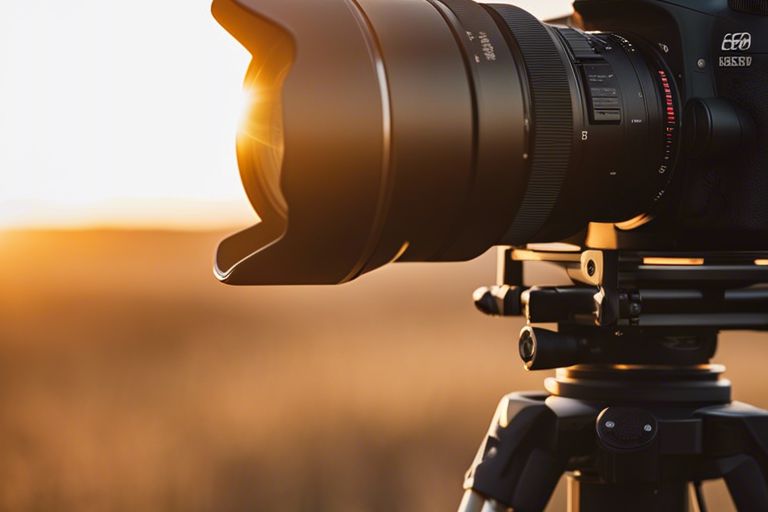
Dealing with the Challenges of Wildlife Photography
Overcoming Equipment Malfunctions
For any wildlife photographer, dealing with equipment malfunctions can be a frustrating experience. It’s vital always to carry spare batteries, memory cards, and a cleaning kit for your gear. In case your camera or lens malfunctions during a critical moment, having backup equipment can save the day and ensure you don’t miss capturing that perfect shot.
Coping with Harsh Weather Conditions
On your wildlife photography journey in Tanzania, you may encounter harsh weather conditions that can test both you and your equipment. Be prepared for sudden changes by carrying waterproof covers for your camera and lenses. Additionally, consider investing in a sturdy camera bag that can withstand dust, rain, and extreme temperatures.
This preparation can help protect your gear and ensure you can continue shooting in challenging environments without worrying about potential damage.
Respecting Your Subjects and Their Habitat
With wildlife photography, it’s crucial to always respect your subjects and their natural habitat. Avoid disturbing animals or their surroundings to get a better shot. By observing from a reasonable distance and using telephoto lenses, you can capture stunning photos while ensuring the well-being of the wildlife.
Remember that the animals you photograph are in their homes, and it’s vital to minimize your impact to preserve the integrity of their environment for future generations of both wildlife and photographers.
Capturing the Essence of Tanzania’s Wildlife
Photographing the Big Five: Lion, Leopard, Rhino, Elephant, and Buffalo
To truly capture the essence of Tanzania’s wildlife, you must seek out the famous Big Five – the lion, leopard, rhino, elephant, and buffalo. The key to photographing these magnificent creatures is patience and observation. Lions may be lazing in the sun or on the hunt, while leopards tend to be more elusive. Rhinos can often be found near water sources, and elephants are known for their family dynamics and emotional interactions. Buffaloes, with their imposing presence, make for striking subjects against the African backdrop.
Capturing the Beauty of Tanzania’s Birdlife
On your wildlife photography expedition in Tanzania, don’t forget to turn your lens towards the stunning avian species that call this country home. From the vibrant lilac-breasted roller to the majestic fish eagle, Tanzania boasts an array of birdlife waiting to be captured in its natural habitat. Utilize your telephoto lens to zoom in on intricate details of feathers and behaviors of these beautiful birds.
The diverse ecosystems in Tanzania provide ample opportunities for bird photography. Whether you’re exploring the lush forests of the Eastern Arc Mountains or the vast savannas of the Serengeti, keep your eyes peeled for unique bird species perched on branches or soaring through the sky.
Documenting the Great Migration
Migration is a spectacle that epitomizes the essence of Tanzania’s wildlife. Over two million wildebeests, zebras, and gazelles make their annual journey across the Serengeti in search of greener pastures. As a wildlife photographer, capturing the scale and drama of this event can result in truly breathtaking images. Plan your trip during the migration season to witness this natural wonder and document it through your lens.
During the migration, you have the opportunity to capture images of massive herds crossing rivers teeming with crocodiles, newborn calves taking their first steps, and predators lurking in the shadows. Focus on storytelling in your images to convey the raw beauty and harsh realities of this remarkable wildlife phenomenon.
Post-Production and Editing
Your Safari Photography Equipment and Tips! journey doesn’t end when you’ve captured those stunning wildlife shots in Tanzania. The next step is post-production and editing to enhance and perfect your images.
Basic Editing Techniques for Wildlife Photography
With basic editing techniques, you can take your wildlife photos to the next level. Start by adjusting the exposure, contrast, and sharpness to bring out the details in your images. Crop the photo to remove any distractions and improve the composition. You can also straighten horizons and correct any lens distortions for a clean and professional look.
Enhancing Your Photos with Color Correction and Grading
With color correction and grading, you can give your wildlife photos a unique and polished look. Adjust the white balance to ensure accurate colors in your images. Experiment with different color tones to set the mood and add depth to your photos. You can also apply presets or create your own color grading to maintain a consistent style across your photography portfolio.
Editing wildlife photos allows you to enhance the natural beauty of the animals and landscapes you’ve captured in Tanzania. By carefully adjusting the colors, tones, and contrast, you can create visually stunning images that evoke emotion and tell a compelling story.
Creating a Compelling Photo Story
Wildlife photography is more than just capturing single images – it’s about creating a narrative through your photos. Arrange your images in a sequence that flows cohesively, highlighting the journey or behavior of the wildlife you’ve encountered. Add variety by including close-up shots, wide angles, and detail shots to provide a comprehensive view of your safari experience.
Editing your photos to tell a compelling story involves selecting the best images, arranging them in a logical order, and adding captions or descriptions to provide context and insight into the wildlife and habitats you’ve photographed. This storytelling approach can transport viewers to Tanzania and immerse them in the beauty and diversity of its wildlife.
Summing up
With this in mind, remember that wildlife photography in Tanzania offers a unique and rich experience for capturing the perfect shot. Be prepared and patient, immerse yourself in the environment, and always respect the animals and their natural habitat. By following the tips and tricks provided in this article, you will increase your chances of getting amazing wildlife shots that you can cherish for a lifetime.

